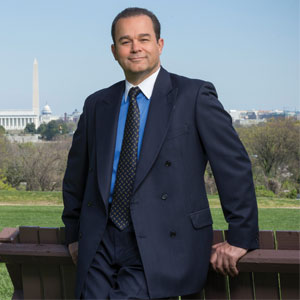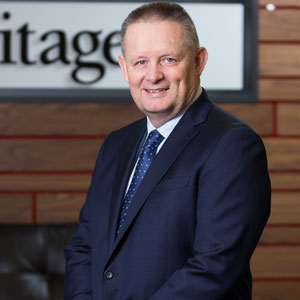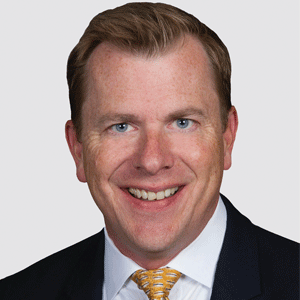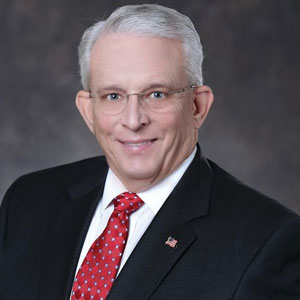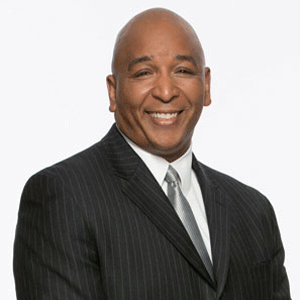THANK YOU FOR SUBSCRIBING

Transforming Risk Management into Strategic Business Advantage
Jeremy Leong, Chief Risk Officer and Head of Risk and Compliance, Taishin International Bank – Brisbane Branch

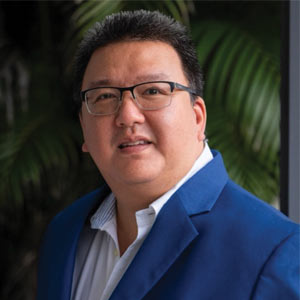
Jeremy Leong, Chief Risk Officer and Head of Risk and Compliance, Taishin International Bank – Brisbane Branch
Jeremy Leong is a globally experienced governance and risk executive with 20+ years across APAC, Europe and Australia. Currently Chief Risk Officer and Head of Risk & Compliance (APRA Responsible Manager) at Taishin International Bank - Brisbane Branch, overseeing all regulatory, conduct and risk disciplines. A Top 10 finalist in the 2023 Governance Top 100 and Board Director with expertise in board governance, ESG and enterprise-wide compliance frameworks.
Through this article, Leong emphasizes how diverse global experiences and a strong technical foundation have shaped his leadership. He discusses navigating complex regulatory reforms by focusing on evidence and legislative intent, balancing risk rigor with business agility, aligning board governance with operational risk and shifting risk leadership from gatekeeping to enabling strategic business value.
How Diverse Experiences Shaped a Risk LeaderA balance of technical expertise, global exposure and cultural learning has shaped my professional journey. Today, I serve as Chief Risk Officer and Head of Compliance at Taishin International Bank’s Brisbane branch. I also contribute as a board member and member of the disciplinary panel at CPA Australia.
Over the years, I’ve worked across London, Europe, the US and more recently APAC, where I rose to APAC Head of Markets Compliance. Each of these experiences has broadened my outlook, challenged me to adapt and strengthened my leadership approach.
-
Risk is not about saying no, it’s about showing where saying yes can be done safely. My role is to enable the business to move faster and smarter by providing control and safety, not by putting up roadblocks
Some milestones stand out clearly. My CPA training gave me the foundation to understand the numbers and how businesses work. Working in different countries exposed me to new cultures and perspectives, which taught me the value of diversity and global thinking. Returning to Australia during COVID, these skills opened up the opportunity to take on my current role. It has been a journey of learning, adapting and building a career shaped as much by people and places as by roles and responsibilities.
When navigating complex reforms like MiFID, OTC Derivative Regulations and Senior Executive Accountability, I believe the key is not just doing the work, but proving it. In regulation, especially in Western frameworks, what matters is the evidence; showing how a rule was considered, why it applies or doesn’t and what controls are in place.
That’s why I spend a lot of time guiding younger staff in sharpening their analysis skills. We break down regulations clause by clause, simplify what they mean and work out the practical impact. This process clarifies the rules and builds confidence in our responses.
For me, the bigger picture is about focusing on first principles and legislative intent. If the details seem unclear, what was the regulation trying to achieve? Once you understand the purpose, the right path usually becomes obvious. Teaching teams to think this way, breaking down complexity into intent-driven action, has been one of the most rewarding parts of my leadership.
Balancing Rigor and AgilityRisk is not about simply saying no. It is about showing how saying yes can be done safely. My guiding principle is to enable the business rather than just control it. The real value comes from helping teams understand the risks they face and explaining the potential outcomes. I rarely say no outright unless there is a clear breach of regulation or conduct. After having an open conversation, people usually do the right thing or at least consider a different angle.
Balancing commercial interests with regulatory rigor is a constant challenge. Risk officers and compliance professionals tend to be naturally cautious, sometimes clashing with the need for business agility. I believe every organization needs both risk takers and careful voices. My role is to be clear, direct and constructive. I should be able to justify my decisions and communicate reasons.
I find real-world analogies help make risk tangible. I often use the example of a car and its brakes. Everyone would drive extremely slowly without brakes to avoid accidents. But that means progress would be painfully slow. Risk and compliance act like brakes that allow the car to move faster by providing control and safety. This lets the business accelerate confidently, steering safely through challenges.
Supporting Growth while Managing LiabilitiesAligning board governance with operational risk priorities requires a commercial mindset grounded in experience working closely with the business. Risk management is a support function; it does not generate revenue, but getting it wrong can have serious consequences. In banking and finance, the frontline teams bring in the business; our role is to support them effectively. This includes communicating, training and being on hand to answer questions.
Risk and compliance must adopt a commercial view of the business’s goals to maintain agility whilst ensuring strategic oversight. We must understand what the company is trying to achieve and stay close to the people driving it. At the same time, we act as a safeguard, keeping the business and individuals protected from liabilities and risks that could threaten long-term success. It’s a delicate balance between enabling growth and preserving the necessary controls to stay safe and sound.
From Gatekeepers to Business EnablersThe most successful risk and compliance leaders I’ve seen are those who truly understand and align themselves with the business. Many assume the role is about saying no, but it’s more important to say, “Have you considered a way to do this whilst managing risk?” Risk leaders don’t have to be roadblocks. Instead, they should collaborate with the business to find paths forward that keep risk at a responsible level. That shift in mindset, from simply rejecting ideas to enabling intelligent risk-taking, creates real strategic value.
Weekly Brief
I agree We use cookies on this website to enhance your user experience. By clicking any link on this page you are giving your consent for us to set cookies. More info
Read Also




